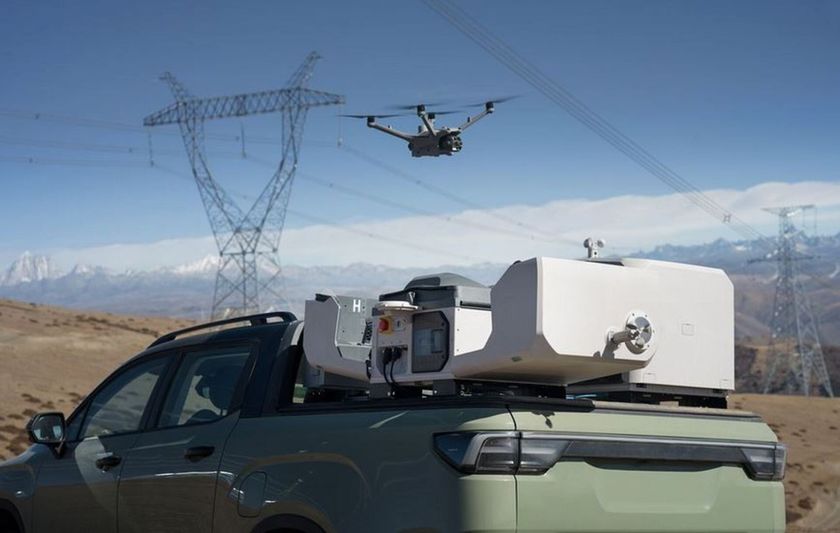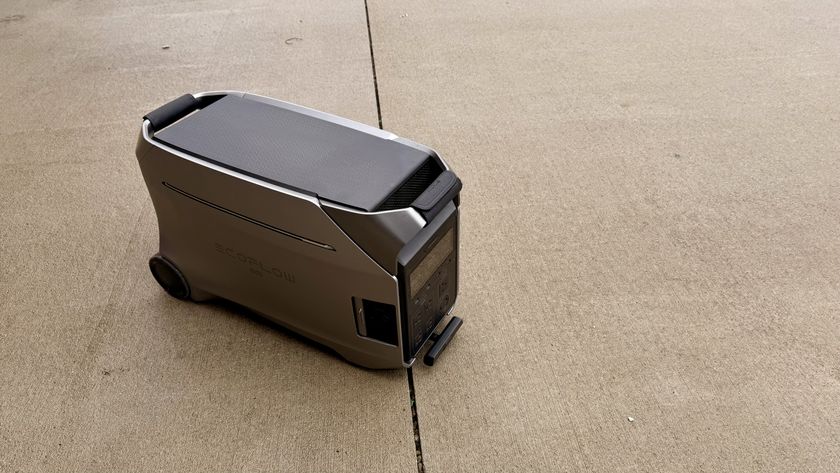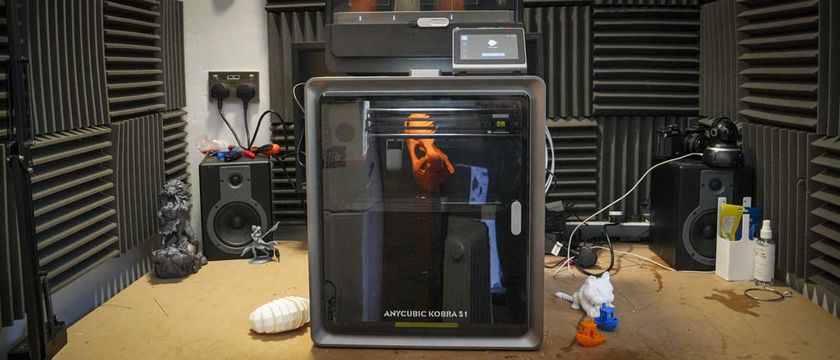What is Amazon Sidewalk and how will it impact IoT?
Amazon's new wireless standard is targeting the connected home
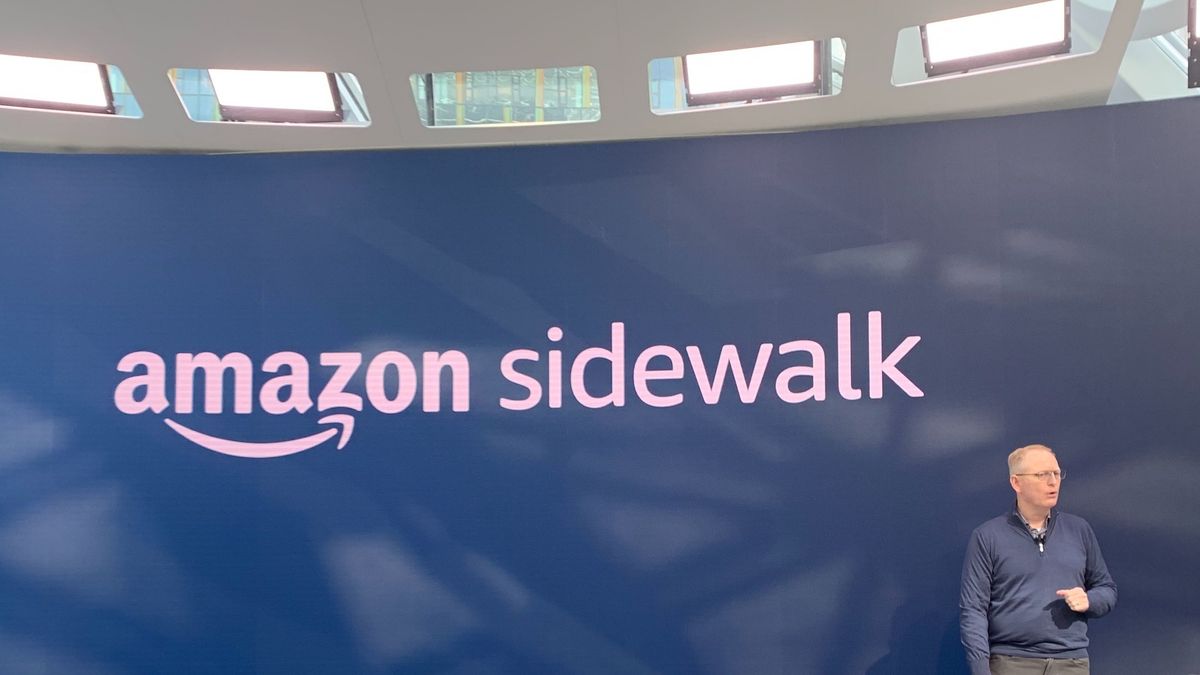
Amazon’s deep pockets mean that once it gets behind a product category – usually one that will lock customers into its ecosystem and encourage it to buy more things from Amazon – it tends to give it enough backing until it gains traction with consumers.
It launched the Kindle at a time when e-readers were in their infancy and backed it until the concept of eBooks was firmly entrenched in the minds of consumers.
The Amazon Echo helped popularise smart speakers and got Alexa – and Amazon – into people’s homes. Meanwhile Amazon Prime has developed from a speedy delivery service into an all-encompassing entertainment package.
The next stage of Amazon’s development is the smart home and the announcement of Sidewalk is a significant development for the consumer Internet of Things (IoT) market.
- IoT spending to reach new highs in 2019
- Amazon 2019 hardware event: the 14 new devices and how to buy them
- Nokia wants to be the brains behind IoT
What is Amazon Sidewalk?
A number of wireless standards are used to connect IoT devices, each of which have their own advantages and disadvantages. Bluetooth offers high bandwidth but limited range, Wi-Fi promises low power consumption and high capacity but coverage isn’t universal, while 5G will include provisions for IoT – once network deployments are complete.
Sidewalk uses unlicensed spectrum in the 900MHz band (reserved for amateur radio transmissions) to deliver low bandwidth and long-distance connectivity. It has a range of between 500 metres to one mile, making it ideal for devices that require low-cost and low-power transfers of small amounts of data
The standard is also secure, meaning developers can issue over-the-air updates and devices have more protection.
Are you a pro? Subscribe to our newsletter
Sign up to the TechRadar Pro newsletter to get all the top news, opinion, features and guidance your business needs to succeed!
“One of the things we learned from the Alexa Connect Kit is that developers are always looking for new ways to invent for their customers, and that includes pushing the boundaries outside the home,” said Amazon during the unveiling.
“Bluetooth has limited range. Wi-Fi only goes so far. And 5G cellular is incredibly important when you need reliable, long distance, guaranteed delivery of data, but it can be complex.”
Another key difference is that Sidewalk is based on mesh networking technology. This means the more devices that support Sidewalk are switched on, the stronger the network becomes. Amazon also uses mesh technology in its Eero Wi-Fi system.
Mesh networking also eliminates the need for widespread infrastructure deployment associated with wireless and cellular networks. To illustrate its point, Amazon said it sent 700 Sidewalk devices to Ring employees and their friends and family. Within three weeks, the entire of Los Angeles was covered.
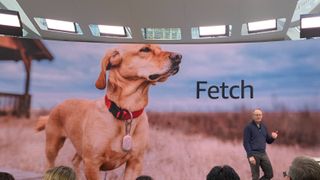
What devices will be covered?
Amazon’s vision is one that sees Sidewalk sensors around the home informing people of what’s going on around them. The first product is a reference design in the form of the Ring Fetch – a connected dog collar that uses Sidewalk to track a pet’s location within a geofenced area.
Other Ring products will likely become connected in the future, and its clear that Amazon wants the development community on board – just as they have been in creating Alexa devices and skills.
“We think developers will build all kinds of useful, low-cost products for this network,” said Amazon. “We started with the obvious use case of lighting with Ring's smart lighting, but think about all the things that are far from your home Wi-Fi that might use Sidewalk—weather stations to tell you how much rain you’ve gotten, a water sensor in your garden with your tomatoes, a little sensor in your mailbox that lets you know when the mail has been delivered. The possibilities are endless.”
What does this mean for IoT?
If Amazon is able to create city-wide IoT networks with relatively few access points, then the appeal of Sidewalk to developers eager to attract as wide an audience as possible is obvious. Not to mention the fact that all of this ties into the wider Alexa ecosystem.
However it is very early days for Sidewalk and the ubiquity of Bluetooth, cellular, and Wi-Fi will be difficult to challenge – even if that is Amazon’s aim. Low Power Wide Area (LPWA) standards such as Narrowband IoT (NB-IoT), Long Term Evolution for Machines (LTE-M), LoRa and Sigfox have significant developer and manufacturer report and coverage is expanding.
Meanwhile, the high capacity and low latency of 5G and Wi-Fi 6 networks will also be critical for the Industrial Internet of Things (IIoT).
Amazon Sidewalk is unlikely to challenge the status quo (at least for now), but as the company seeks to strengthen its relationship with its customer base and continue its advance from mobile devices and online into the home, then Sidewalk could be a huge feather in Amazon’s bow.
Steve McCaskill is TechRadar Pro's resident mobile industry expert, covering all aspects of the UK and global news, from operators to service providers and everything in between. He is a former editor of Silicon UK and journalist with over a decade's experience in the technology industry, writing about technology, in particular, telecoms, mobile and sports tech, sports, video games and media.
Most Popular


